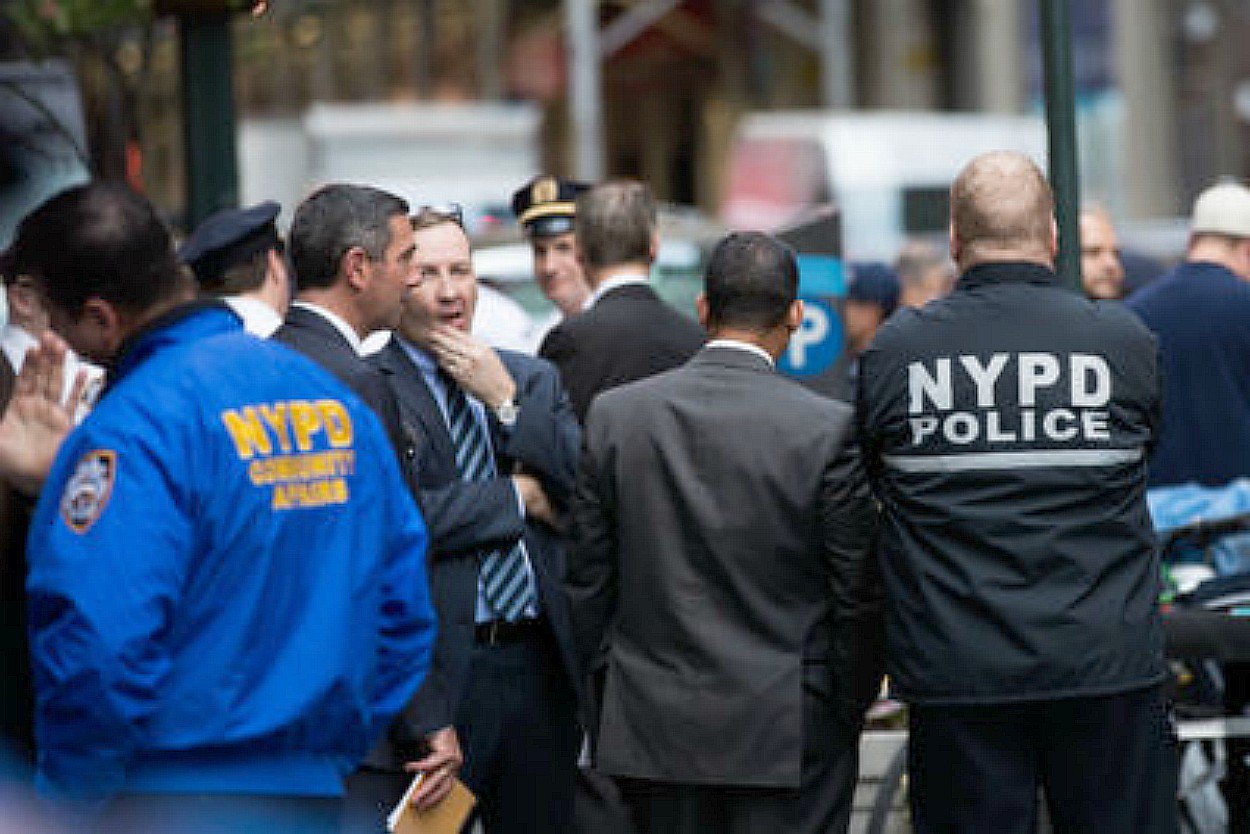[ad_1]

The NYPD is accused of mishandling cases where racist officers are said to have endangered the community with discriminatory tactics.
According to a report released by the NYPD’s Inspector General, the department failed to substantiate a single complaint of biased policing and racial profiling since court ordered in 2014.
READ MORE: Cop resigns after confronting Black Colorado college student picking up trash outside his residence
Thousands of New Yorkers have reported being targeted because of their race or religion, but in every single case, the NYPD could not find enough evidence to back up the statements, local CBS New York reports.
The Department of Investigation, an independent city watchdog, found officers received nearly 2,500 biased complaints between 2014 and 2018. A third of the cases were investigated by the DOI, which found the NYPD did not implement proper procedures to curb the incidents of racially-charged cop conduct.
“We were quite alarmed, frankly,” said Darius Charney, a senior attorney for the Center for Constitutional Rights. Back in 2013, he won a class action lawsuit after challenging the city’s “Stop-and-Frisk” program. A judge then ordered the NYPD to investigate all allegations of discrimination.
“They are, I guess, using complainants’ criminal histories… they’re looking those up and then factoring that into their decision when the complaint is about an incident that is unrelated to somebody’s criminal history,” Charney claimed.
READ MORE: Phoenix councilman says police protesters are ‘anarchists’
The DOI report notes that most of the complainants came from Blacks (66 percent), followed Latinos with 15%.
“A disproportionate number of identifiable biased policing complainants are Black — a disparity that may reflect problems concerning the NYPD’s relationship with the Black community,” the report states.
In a statement, the NYPD responded to the report by saying they are “committed to addressing misconduct in any form, and has created comprehensive policies… whether enhancing training for officers; outfitting all 22,000 patrol cops with body-worn cameras; or dramatically reducing stop-question-frisk, every change is designed to bring police and community closer together.”
[ad_2]
Source link

